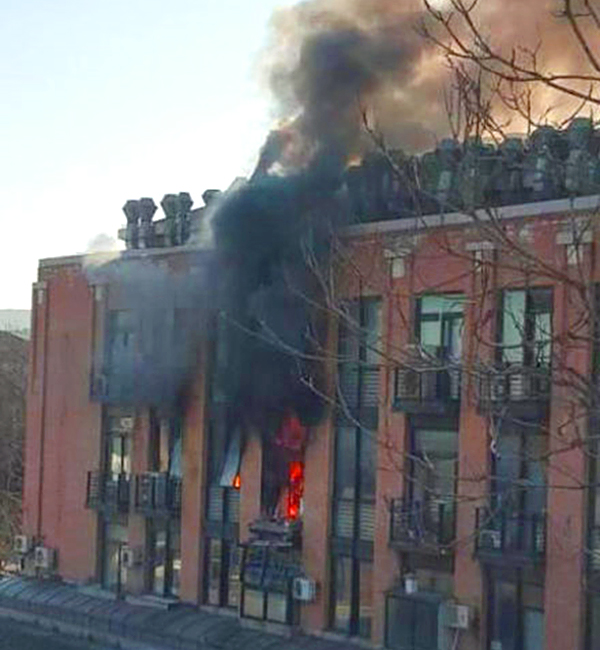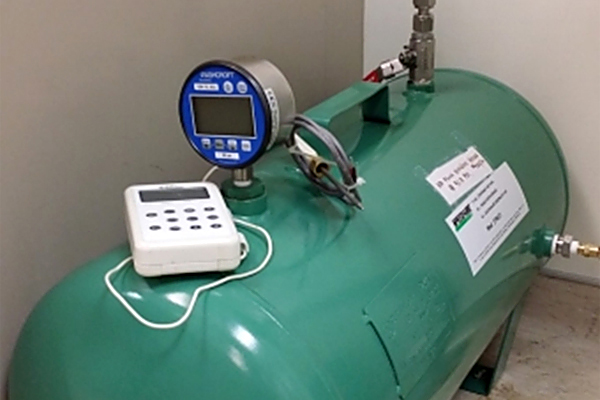Lab Safety
Laboratory Explosions
On 18 December 2015, a violent explosion and the subsequent fire seriously damaged a chemistry laboratory in Tsinghua University, and took the life of a young post-doc researcher, Meng Xiangjian, who was supposed to take up a faculty position in a university in Nanjing soon. According to news reports, the explosion was apparently caused by a detonated mid-size hydrogen cylinder. The huge force tore apart the cylinder, and presumably the shrapnel hit the legs of Dr Meng, and caused the fatal injury. The explosion shook this top university of China, and also the Chinese Government, which coincidentally has sent out a directive through Ministry of Education calling all higher education institutes to review and scrutinize their laboratory safety just two days before the accident. The accident sent a shock wave to all universities in the country, and through international news reports, the ripple was felt around the world.
http://www.chinanews.com/sh/2015/12-24/7685047.shtml (Chinese)
http://dzb.fawan.com/html/2015-12/24/content_588810.htm (Chinese)
www.nature.com/news/postdoc-dies-in-lab-fire-at-tsinghua-university-1.19066 (English)
tsinghua-university-postdoc-death-accident-chinese-lab-safety (English)



On 16 March 2016, another violent explosion involving hydrogen gas took place in a laboratory in University of Hawaii. A visiting researcher, Dr Thea Ekins-Coward, sustained serious injury, but survived. Her right arm was severed above the elbow by the explosion. The power of the explosion was evident in the severe damage caused in the laboratory. According to investigation, the researcher mixed hydrogen, oxygen, and carbon dioxide in an air tank, and when switching off a pressure gauge connected to the tank, the tank exploded. The pressure gauge was later found to be intrinsically unsafe and it was not supposed to be used in a potentially explosive atmosphere. University of Hawaii has asked the University of California Center for Laboratory Safety to conduct an independent investigation of the accident. The Occupational Safety and Health Division of Hawaii State Government also conducted their own investigation.


Let’s all learn from the painful lessons of others, and use hydrogen safely!
Both accidents caused tragic results to the research personnel involved, and serious damage to facilities as well as reputation of the institutions. They are sobering reminders that although hydrogen gas is indispensable in many chemical experiments, and is a hopeful clean fuel for tomorrow, it is a highly flammable substance with a wide explosion range from 4 to 94%, meaning that essentially any mixture of hydrogen with air is flammable and potentially explosive. In addition, the ignition energy for hydrogen is very low. Even friction of a fast expanding gas, or electrostatic charge of fine particles can cause an ignition.
At HKUST, all hydrogen compressed gas cylinders are fitted with flashback arrestor to avoid flashback in case of fire. Gas delivery system and pipes involving the use of hydrogen are leak tested by FMO before handing over for use. Leak check and regulator check are also performed by the staff of the Centre of Laboratory Services (CLS) whenever the compressed hydrogen gas cylinder is replaced. Users should carefully and regularly check their cylinders and regulators to make sure they are tight, and use a ventilated gas cabinet to contain the hydrogen gas cylinder where feasible. Use hydrogen gas only in a well-ventilated area, such as within a fume hood, or in open air. Never mix hydrogen with air, oxygen or other oxidative substances, and make sure there is no heat or ignition source in the surrounding when hydrogen gas is present.
Here is an informative summary about safe use of hydrogen gas for your reference.
